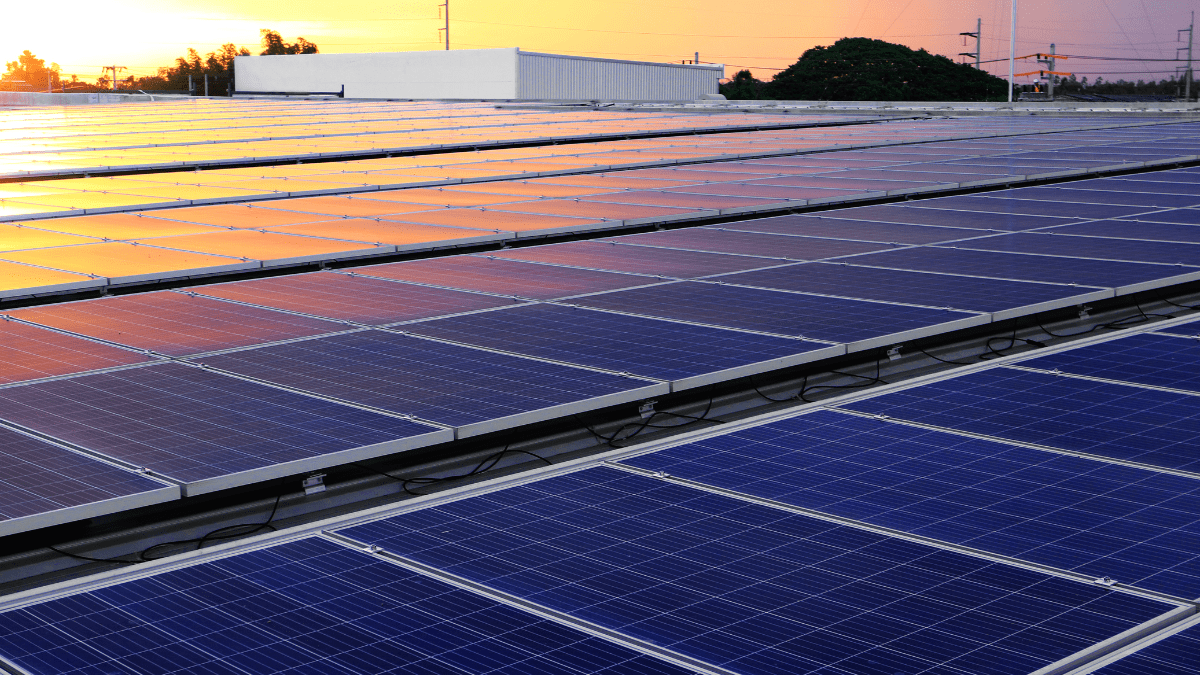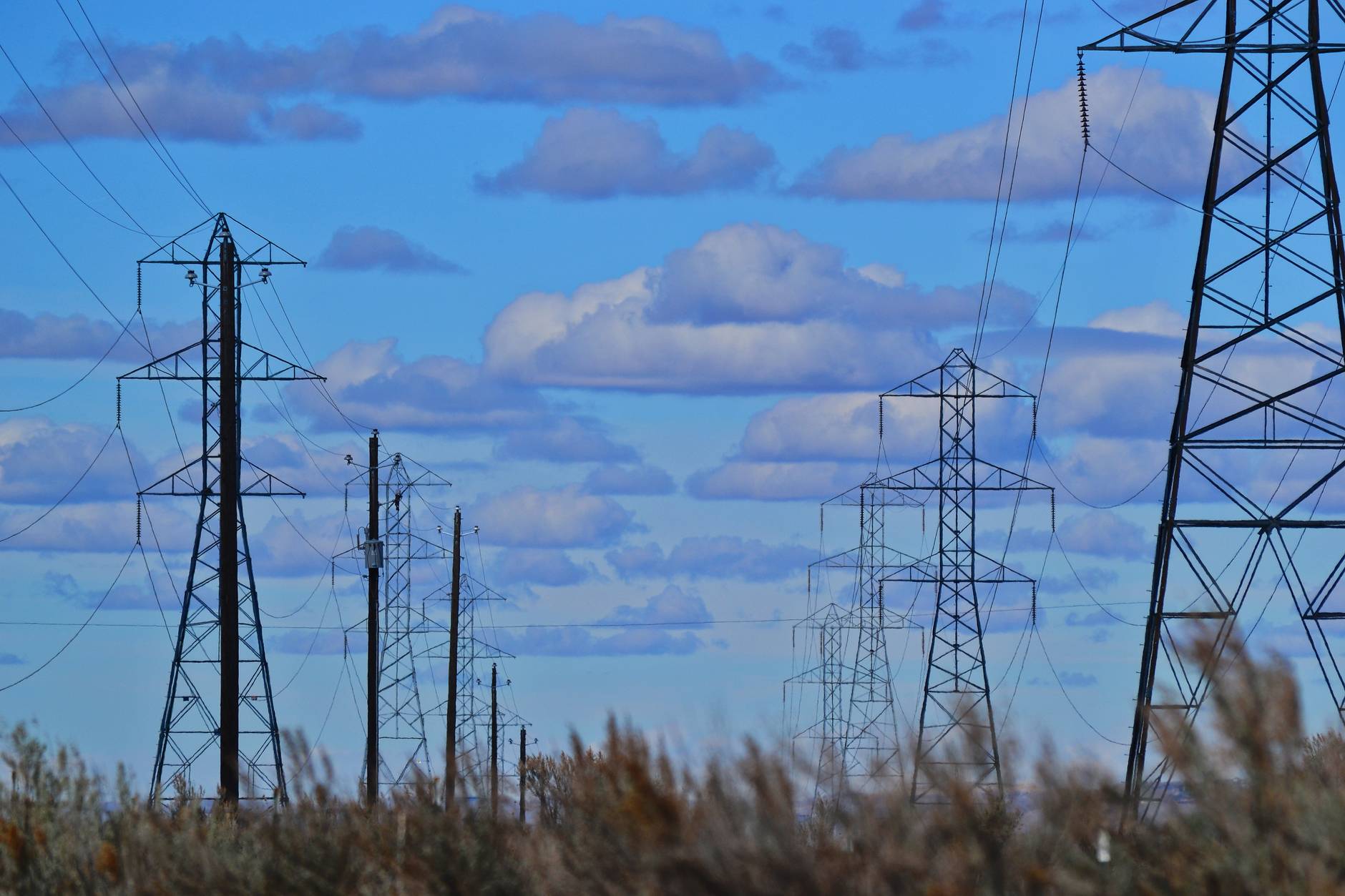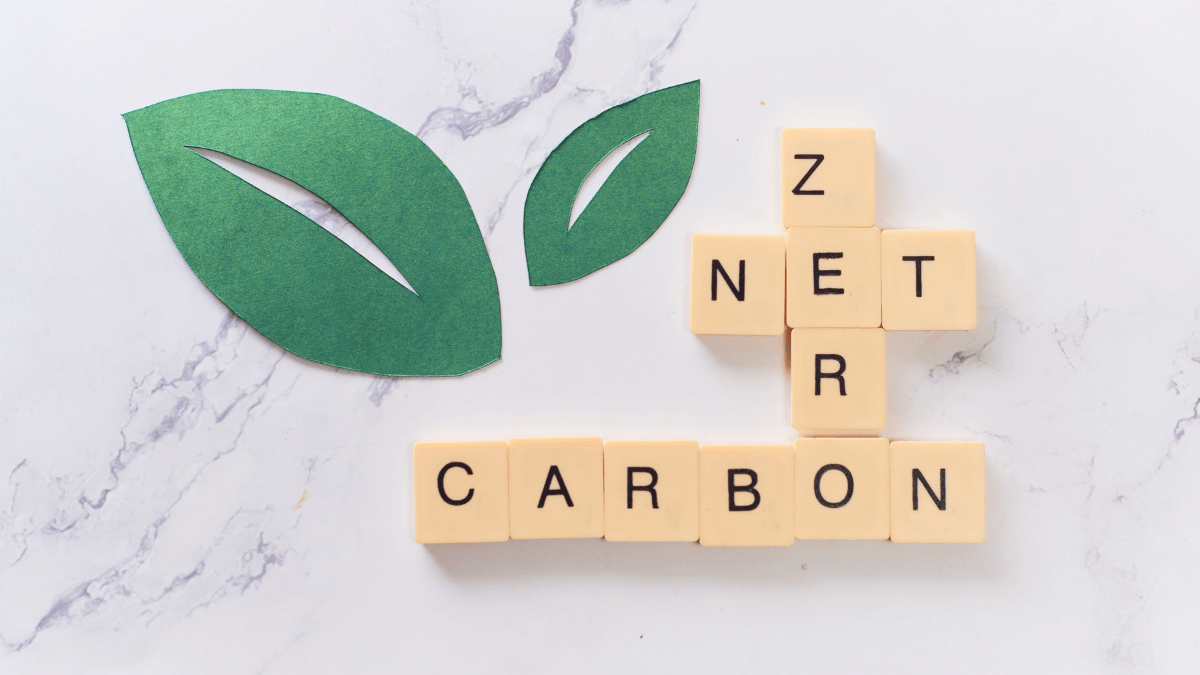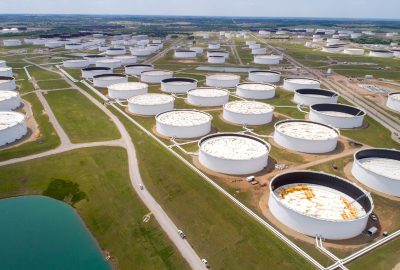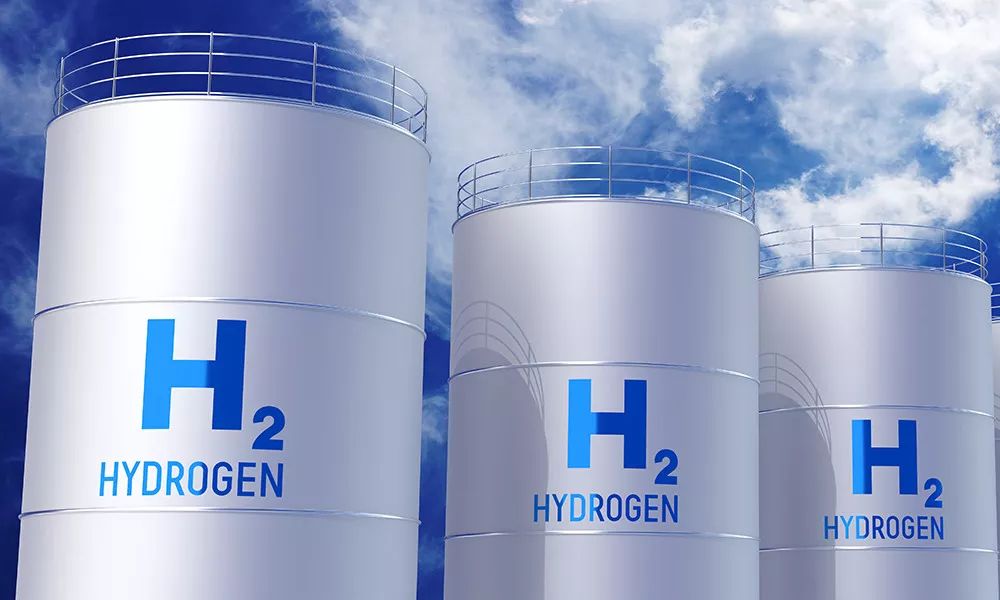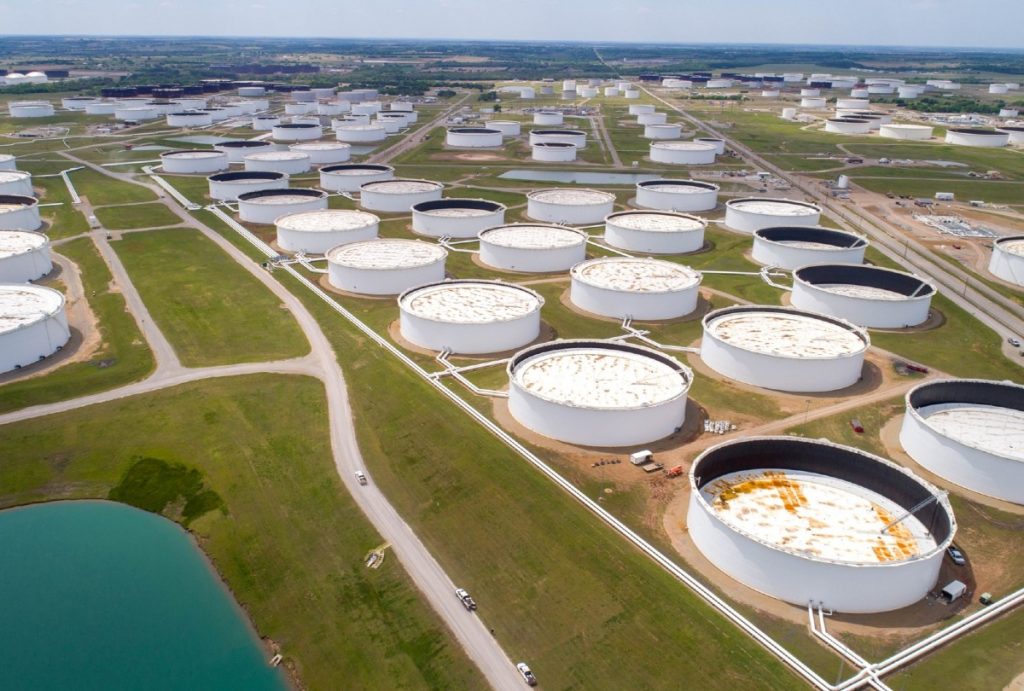
(Reuters) – U.S. crude oil inventories rose sharply last week as demand softened on ongoing refinery maintenance, the Energy Information Administration (EIA) said on Wednesday.
Gasoline stockpiles also rose more than expected, while distillate inventories declined.
Crude inventories were up by 8.7 million barrels to 423.8 million barrels in the week ended Jan. 31, the EIA said, compared with analysts’ expectations in a Reuters poll for a 2 million-barrel rise.
Crude stocks at the Cushing, Oklahoma, delivery hub fell by 34,000 barrels in the week, the EIA said.
Oil futures extended losses following the larger-than-expected build. Global benchmark Brent futures were trading at $74.95 a barrel, down $1.25 by 11:03 a.m. EST (1603 GMT), while U.S. West Texas Intermediate (WTI) was $1.20 lower at $71.50 a barrel.
“Refiners just don’t have a call for crude right now. They’re racing into maintenance, given the slack demand we’re seeing for gasoline,” said John Kilduff, a partner at Again Capital in New York.
Refinery crude runs rose by 160,000 barrels per day, while utilization rates rose by 1% in the week to 84.5% of total capacity, the EIA said.
Gasoline inventories rose by 2.2 million barrels in the week to 251.1 million barrels, the EIA said, compared with analysts’ expectations for a 525,000-barrel build.
Product supplied for gasoline, a proxy for demand, was at 8.33 million barrels per day (bpd). The four-week average is at 8.26 million bpd, down slightly from 8.28 million bpd the same period last year.
East Coast gasoline inventories climbed to their highest level since Jan. 2022 last week.
U.S. gasoline futures extended losses following the surprisingly large build.
Net U.S. crude imports fell last week by 178,000 barrels per day, the EIA said.
Imports from Mexico hit their lowest level on record, the EIA said, as U.S. President Donald Trump threatened a 25% tariff on shipments from that country.
Trump delayed tariffs on Mexican and Canadian imports by one month earlier this week.
Imports of oil from Libya last week rose to their highest level since October 2010.
“You have to worry about all the headline risk from the administration and what’s going on here with the tit-for-tat and these various tariffs that are on one moment and off the next,” Kilduff said.
Meanwhile, distillate stockpiles, which include diesel and heating oil, fell by 5.5 million barrels to 118.5 million barrels, versus expectations for a 1.5 million-barrel drop, the EIA data showed.
Product supplied of distillates was up in the last week to its highest level since January 2022, while the four-week demand average rose to 4.26 million bpd, its highest level since March 2022.
Reporting by Liz Hampton in Denver Editing by Marguerita Choy
Share This:
More News Articles




